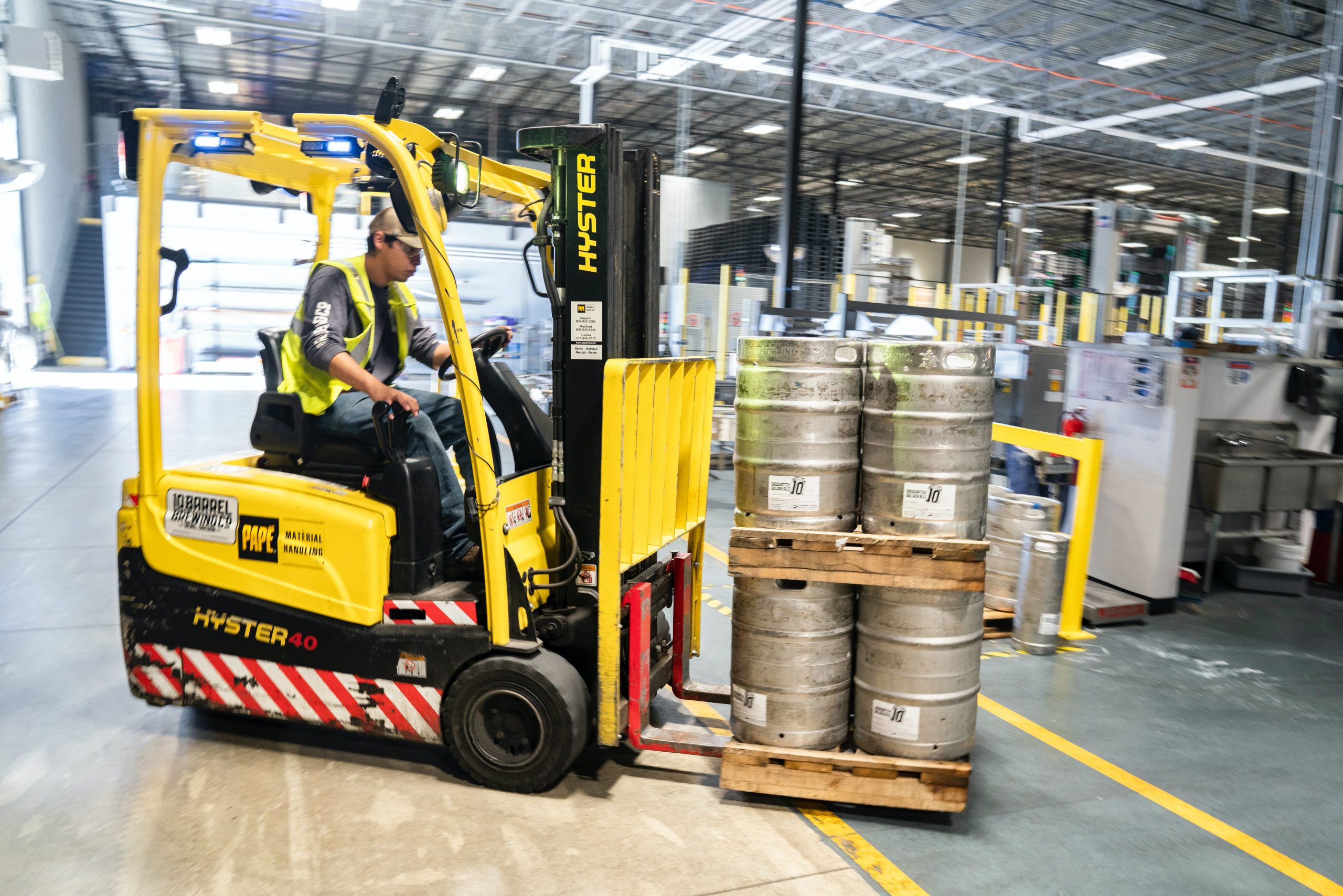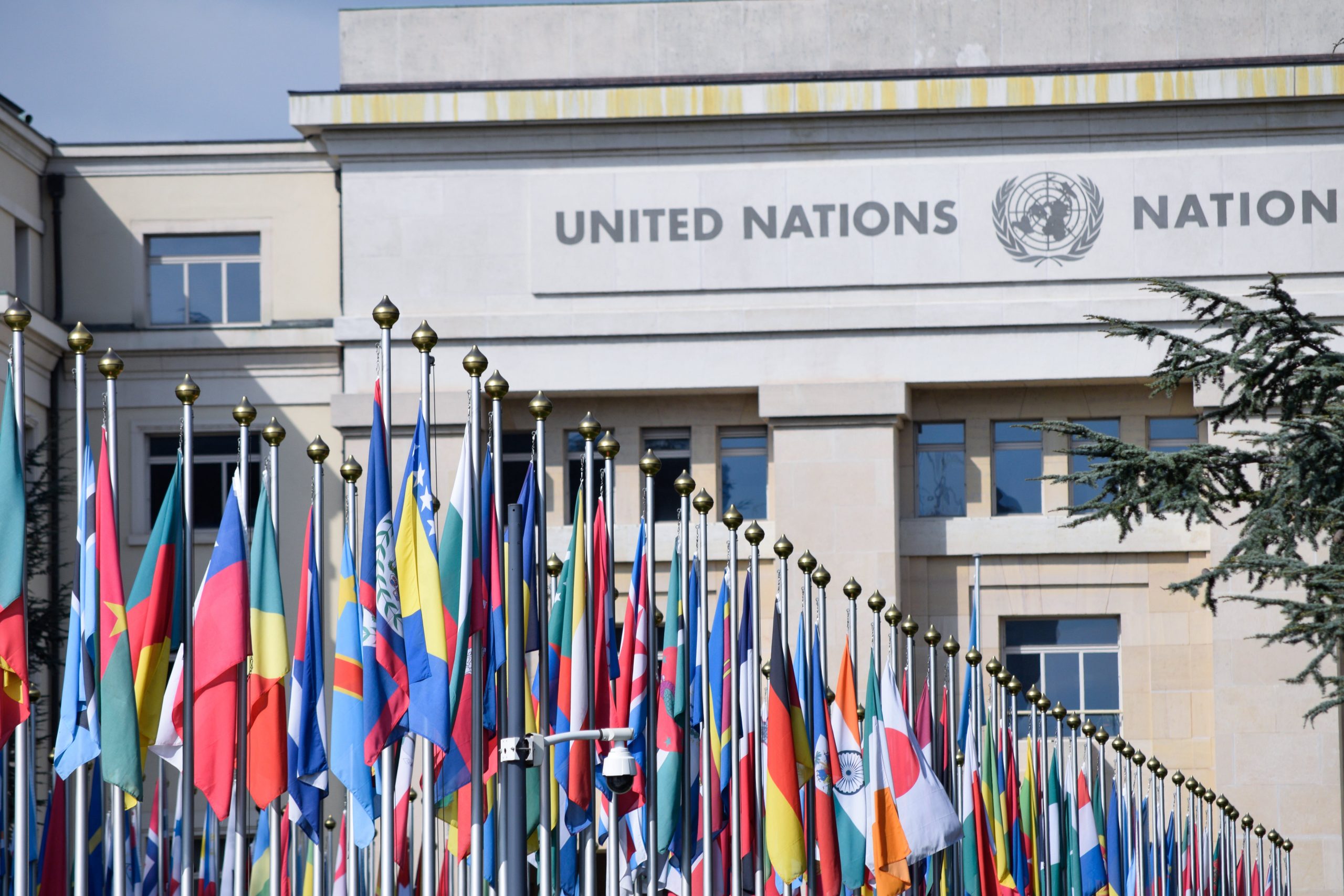
A collage of social media icons with a blue haze by geralt. Image from Pixabay is licensed under Pixabay license.
Your Tweets, pictures, and messages may be used against you. Social media, a common way to connect and share our lives, has become a common form of courtroom evidence. Jeffrey Lane, Fanny A. Ramirez, and Desmond U. Patton explored in their research how social media data in criminal trials harms low-income defendants – who are commonly represented by public defenders. The researchers interviewed New York City public defenders, lawyers appointed to represent people who cannot afford to hire private attorneys, about their experiences preparing for trial and defending clients in cases involving social media data.
The public defenders shared three main disadvantages they experienced while defending their clients. First, they were frustrated by overly broad search warrants that allowed the prosecution to access years of social media data to use as evidence. This overwhelmed public defenders with data, which increased their uncertainty about what evidence might be used, their fear of missing important data, and the amount of time preparing the case. Describing prosecutors’ use of these search warrants, one public defender said: “They were just fishing…they looked at everything and they found something they liked. That’s not how it’s supposed to go.”
Next, public defenders told the researchers that social media companies generally “bend over backwards for law enforcement,” but do not cooperate with public defenders in sharing individual profile data. While law enforcement could request a wide range of data (including data unavailable to the public, like location data), public defenders have limited access to data that may help their clients.
Lastly, public defenders described how social media data is used to paint their clients in a negative light. This pattern of using social media against people even involved using racial stereotypes. For example, one public defender told researchers about a case where the prosecution selected a photo from Instagram to identify the defendant at trial. Although the Instagram account had plenty of options, including family pictures, the prosecution selectively chose a photo that made the defendant appear ‘thuggish’ and ignored others.
Due to these disadvantages, public defenders in this study said that they consistently had to defend against social media and lacked opportunities to use social media data to help their clients. While social media data could negatively impact any defendant, this research suggests that low-income defendants are particularly vulnerable due to the time and resources it takes to review social media data, putting increased strain on public defenders.






